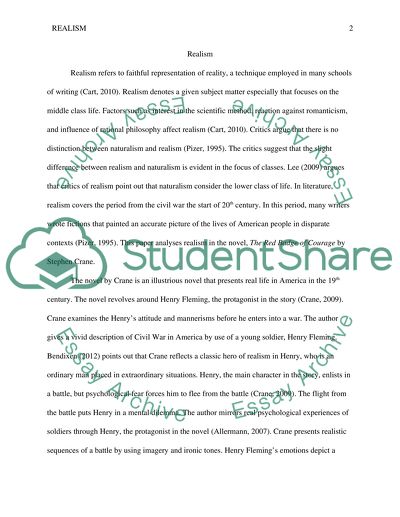Cite this document
(“Realism Essay Example | Topics and Well Written Essays - 1250 words - 2”, n.d.)
Retrieved from https://studentshare.org/literature/1608611-realism
Retrieved from https://studentshare.org/literature/1608611-realism
(Realism Essay Example | Topics and Well Written Essays - 1250 Words - 2)
https://studentshare.org/literature/1608611-realism.
https://studentshare.org/literature/1608611-realism.
“Realism Essay Example | Topics and Well Written Essays - 1250 Words - 2”, n.d. https://studentshare.org/literature/1608611-realism.


